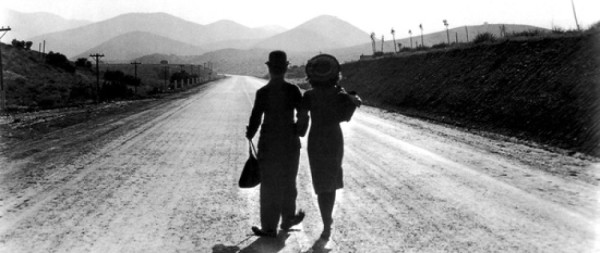Grey Gardens
Directed by Albert Maysles, David Maysles, Ellen Hovde and Muffy Myer
1975/US
IMDb page
Repeat viewing/Criterion Channel
Edith ‘Little Edie’ Bouvier Beale: But you see in dealing with me, the relatives didn’t know that they were dealing with a staunch character and I tell you if there’s anything worse than dealing with a staunch woman… S-T-A-U-N-C-H. There’s nothing worse, I’m telling you. They don’t weaken, no matter what.
This quirky documentary only seems to get better with time.
Edith “Big Edie” Bouvier Beale (age 78) is the aunt of Jacqueline Bouvier Kennedy Onassis and Edith “Little Edie” Bouvier Beale (age 52) is “Big Edie’s” daughter and Jackie O’s cousin. They both look to have lived like American aristocracy in their youth, then … something … (we are not told what) happened. Things seemed to go way downhill when Little Edie’s father left the scene.
For the past 25 years, the two have been reduced to living in their decaying mansion “Grey Gardens” in the Hamptons. The place is full of trash, feral cats, and a major raccoon infestation. Neither of the occupants seems to mind. The authorities have tried to condemn the place once already but the Beales were bailed out by relatives.

Neither appears to be living in the real world though Big Edie is more grounded than her daughter. Little Edie blames her mother for every setback in her life, mom loves to needle her daughter, and the two squabble constantly but always make up. Little Edie believes that if she could only move to New York City she could make her dreams come true.
Little Edie has a … unique … flair for fashion and changes costumes several times a day. She also fancies herself a dancer and we are treated to a couple of her performances.

This makes at least the third time I have seen this and it always delights me. But it also leaves me with so many unanswered questions! What was wrong with Little Edie’s hair? Is she on any kind of meds? And how did the mighty fall so far? The subjects of this documentary have no inhibitions in front of the camera and they say the most amazing things. At the same time, we leave not only having laughed a little but maybe with a tear in the eye. Warmly recommended,






















 Celine and Julie Go Boating (Céline et Julie vont en bateau: Phantom Ladies Over Paris)
Celine and Julie Go Boating (Céline et Julie vont en bateau: Phantom Ladies Over Paris)


 I really enjoyed this. The story has lots of surprises and kept me engrossed the whole time.
I really enjoyed this. The story has lots of surprises and kept me engrossed the whole time.






